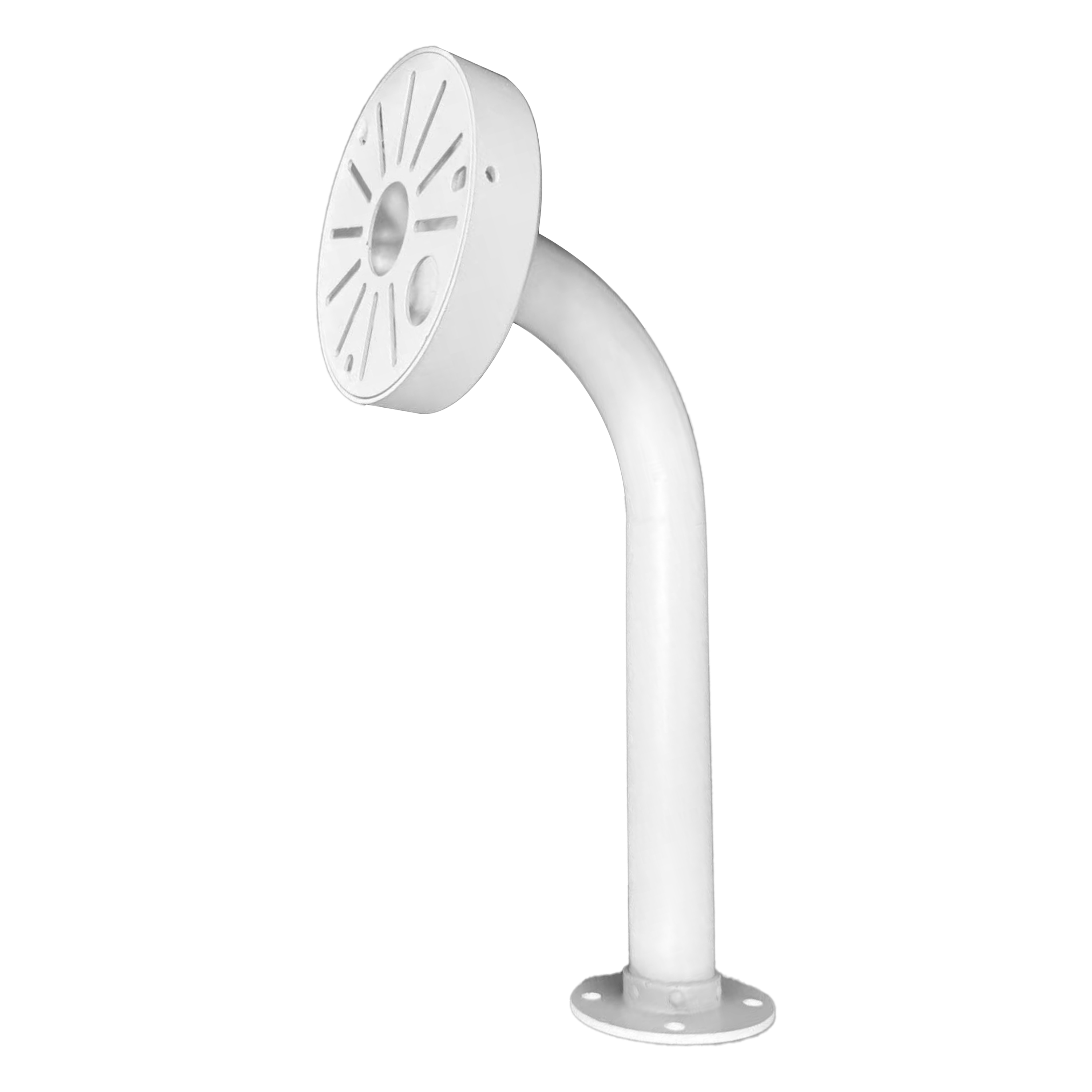How to Choose the Best CCTV L-Shaped Bracket for Secure Camera Mounting

Introduction: Why the Right CCTV Mounting Bracket Matters
When setting up a surveillance system, most users focus on the camera itself, but an often-overlooked yet crucial component is the CCTV L-shaped bracket. This mounting accessory provides the stability, angle flexibility, and durability your camera needs for optimal performance.
Whether you're a homeowner in the United States, a business operator in Canada, or an installer in Australia, choosing the right bracket is key to securing your CCTV investment.
1. What is an L-shaped camera mounting bracket?
An L-shaped bracket is a right-angle metal or plastic support used to mount CCTV cameras to walls or ceilings. Its design allows for easy positioning of bullet cameras, turret cameras, or dome cameras, making it one of the most versatile CCTV mounting accessories. This type of bracket is ideal for both indoor and outdoor use and is compatible with most security camera brands.
2. Key Features to Look for in a Camera Mounting Bracket
When buying aBest L-shaped bracket for outdoor security cameras,
Material: Choose weather-resistant materials like stainless steel or aluminum alloy for outdoor durability.
Compatibility: Ensure the bracket fits your camera model. Most brackets are universal or brand-specific.
Cable Management: Hidden wiring support helps reduce tampering and improves aesthetics.
Installation Flexibility: Adjustable angles for precise camera direction.
These features enhance the durability, security, and efficiency of your camera system.
3. How to Install an L-Shaped Bracket for Your CCTV System?
Installing an L-shaped camera bracket is a relatively simple process:
1.Mark the drill points using the bracket as a template.
2.Drill holes and insert wall plugs (anchors).
3.Secure the bracket using screws.
4.Mount the camera and adjust the angle.
5.Hide the wiring if the bracket supports cable management.
6.For outdoor installations, use waterproof sealing to protect the connection points.

